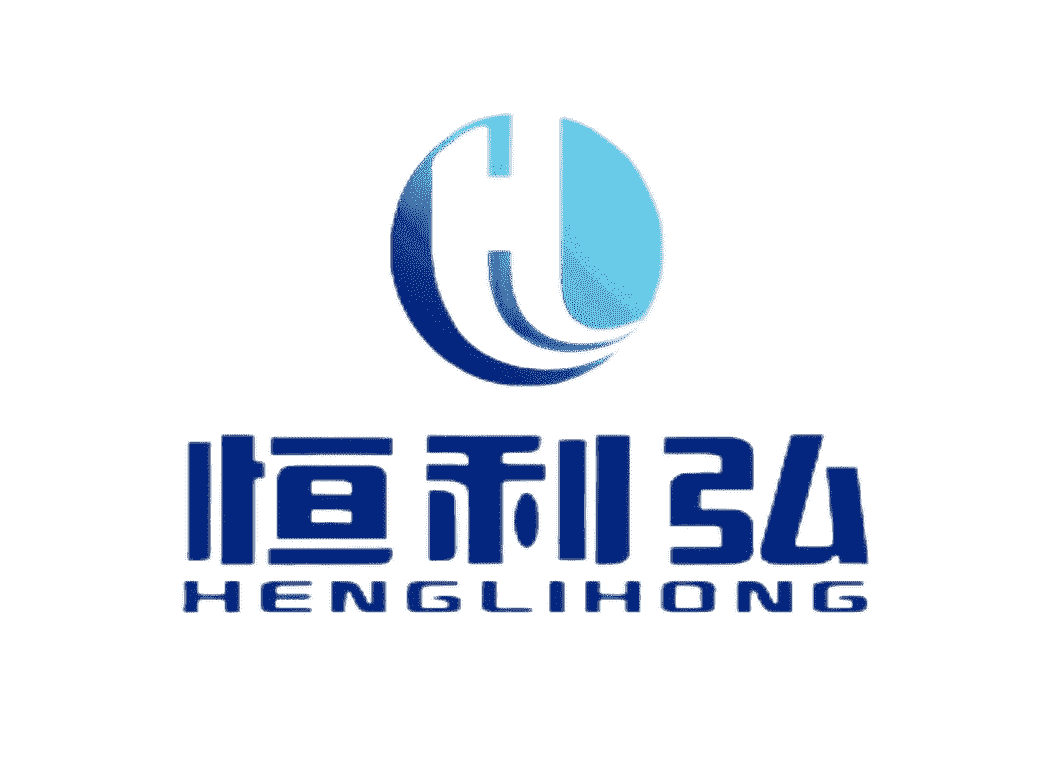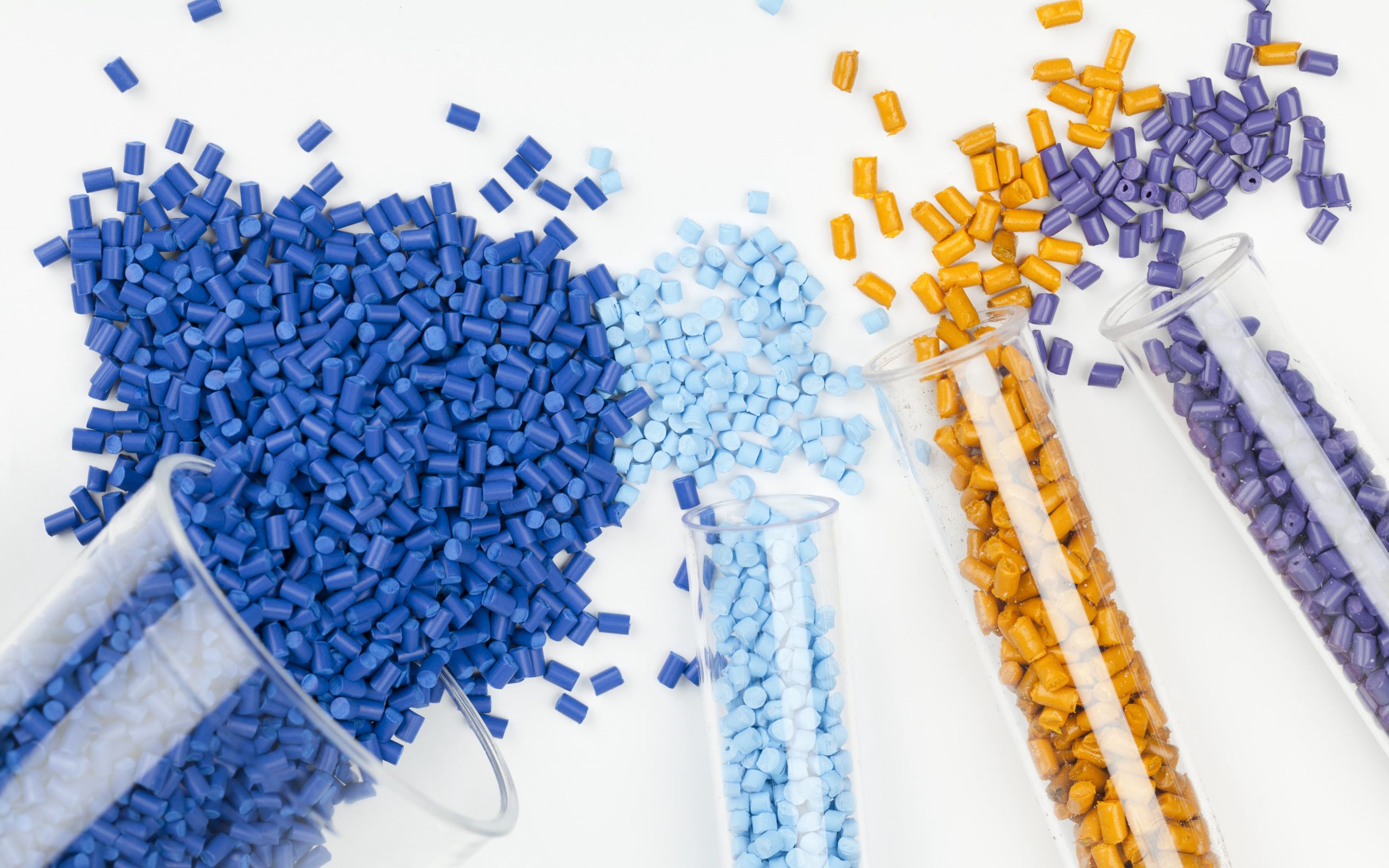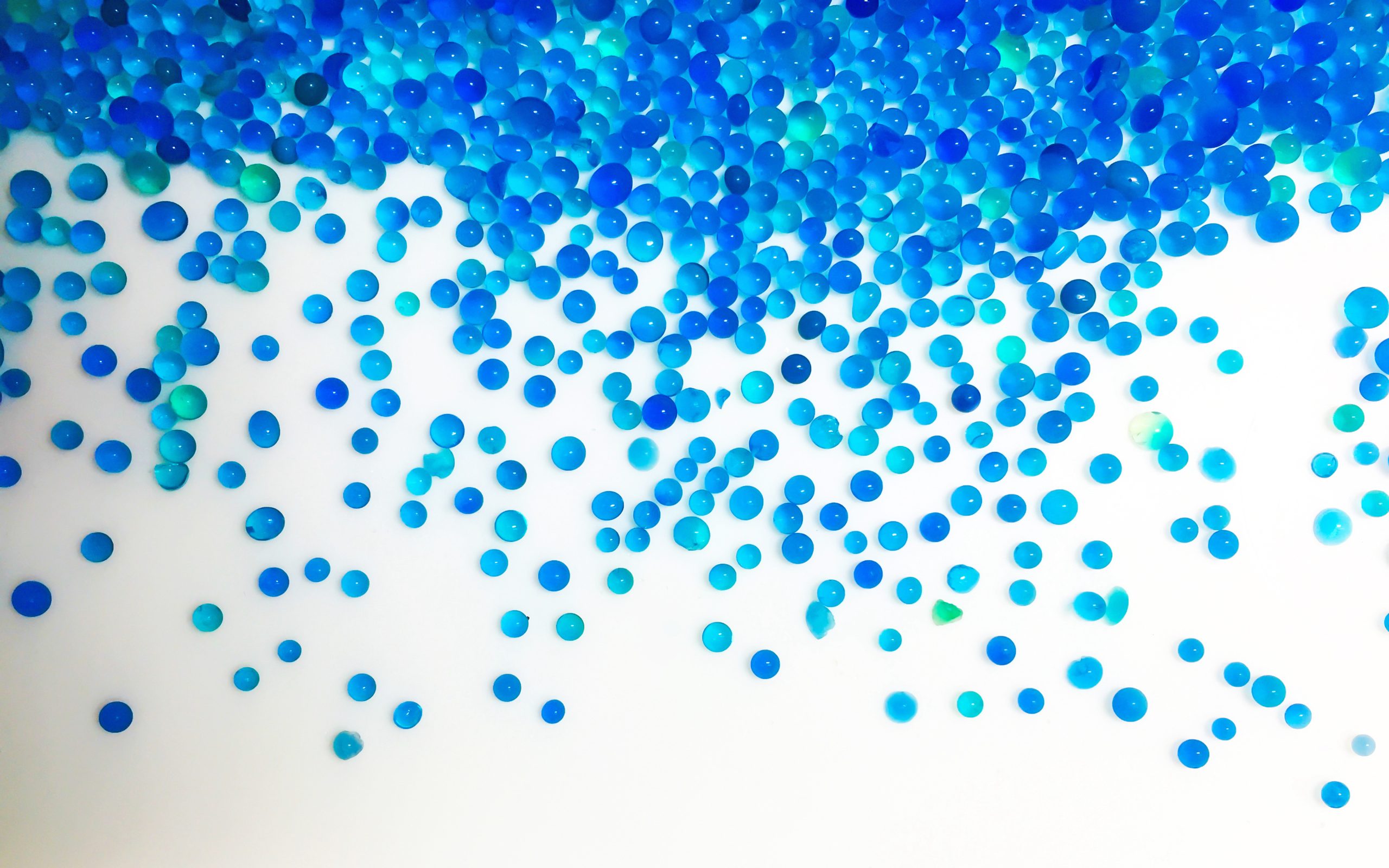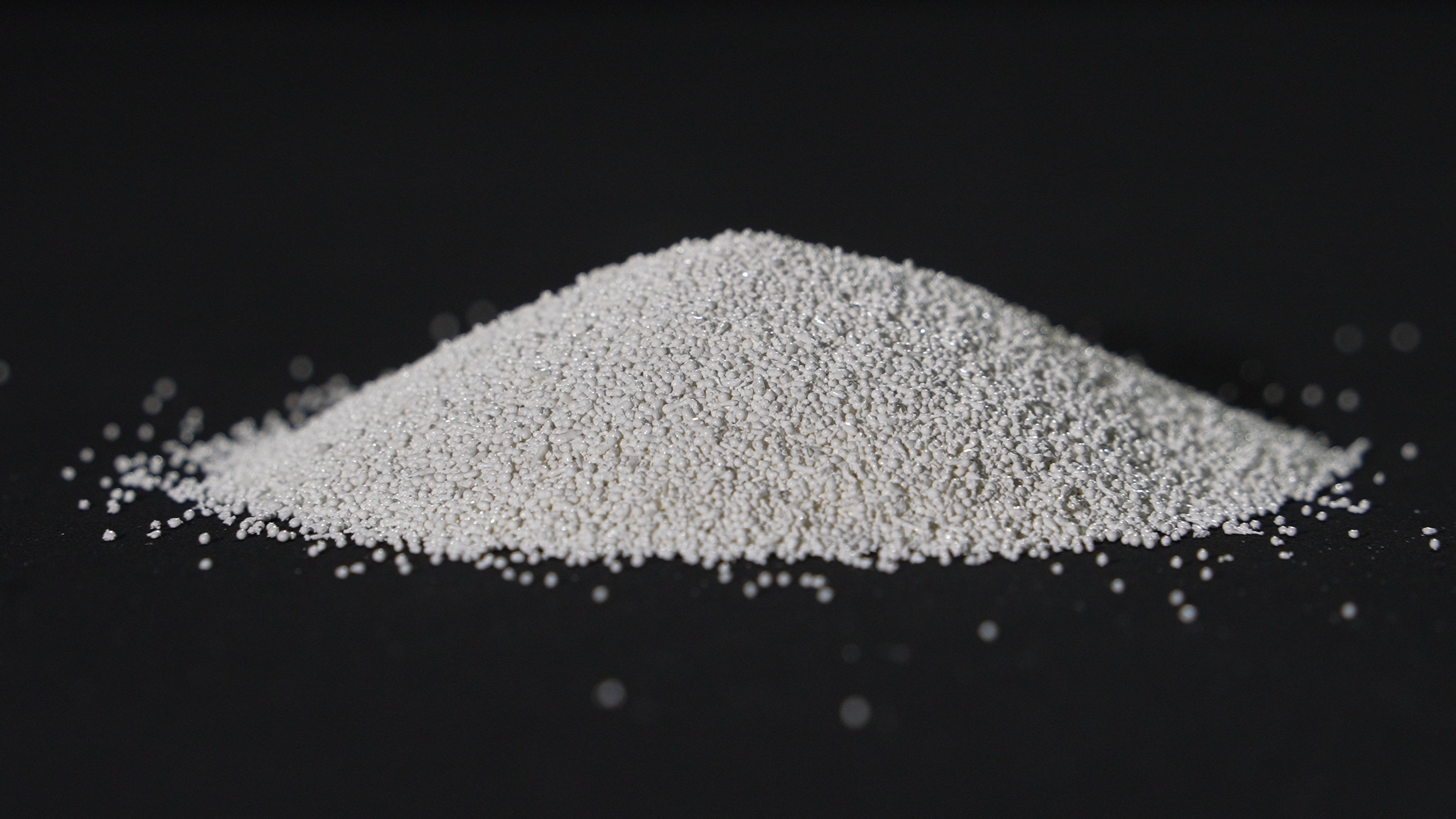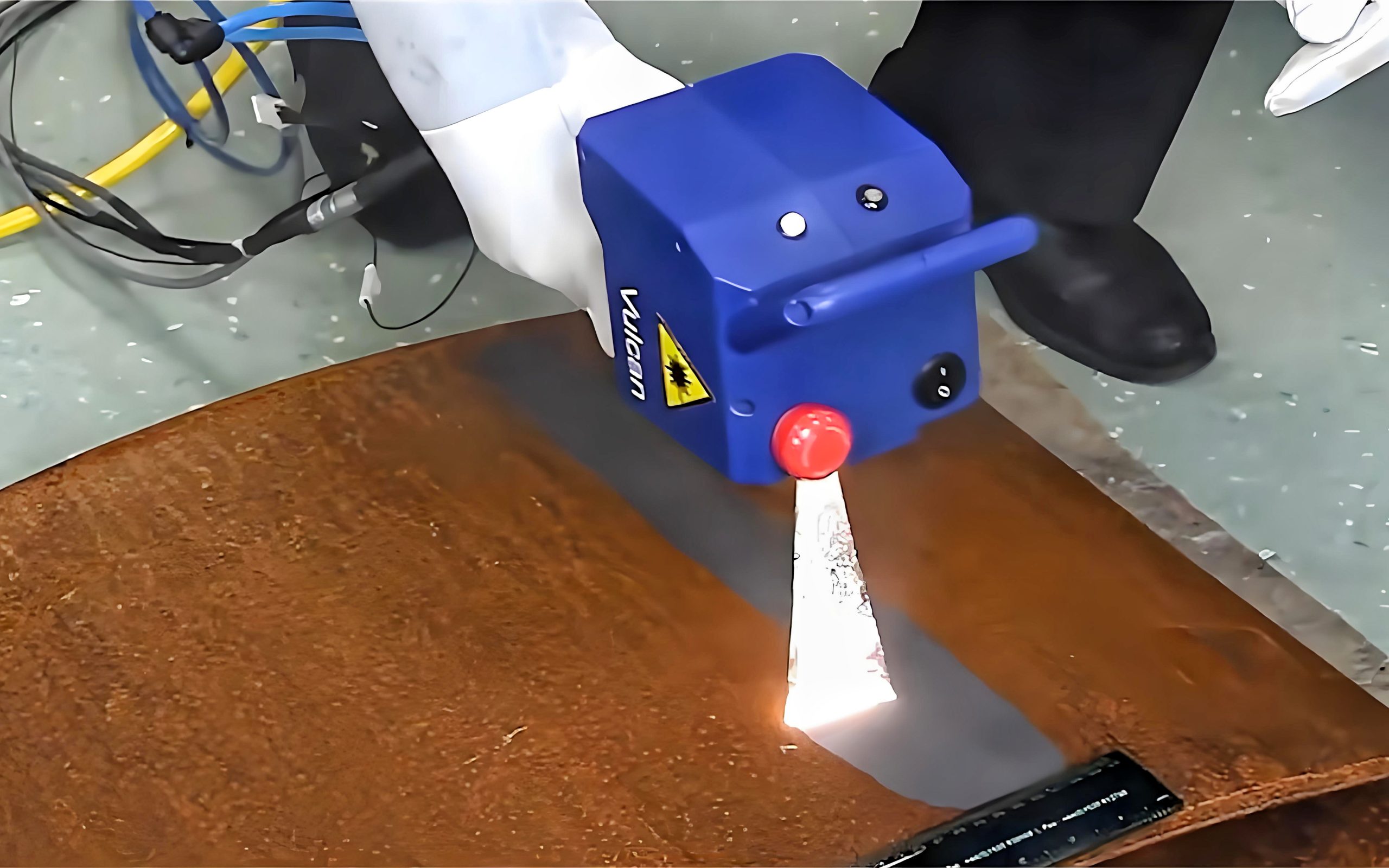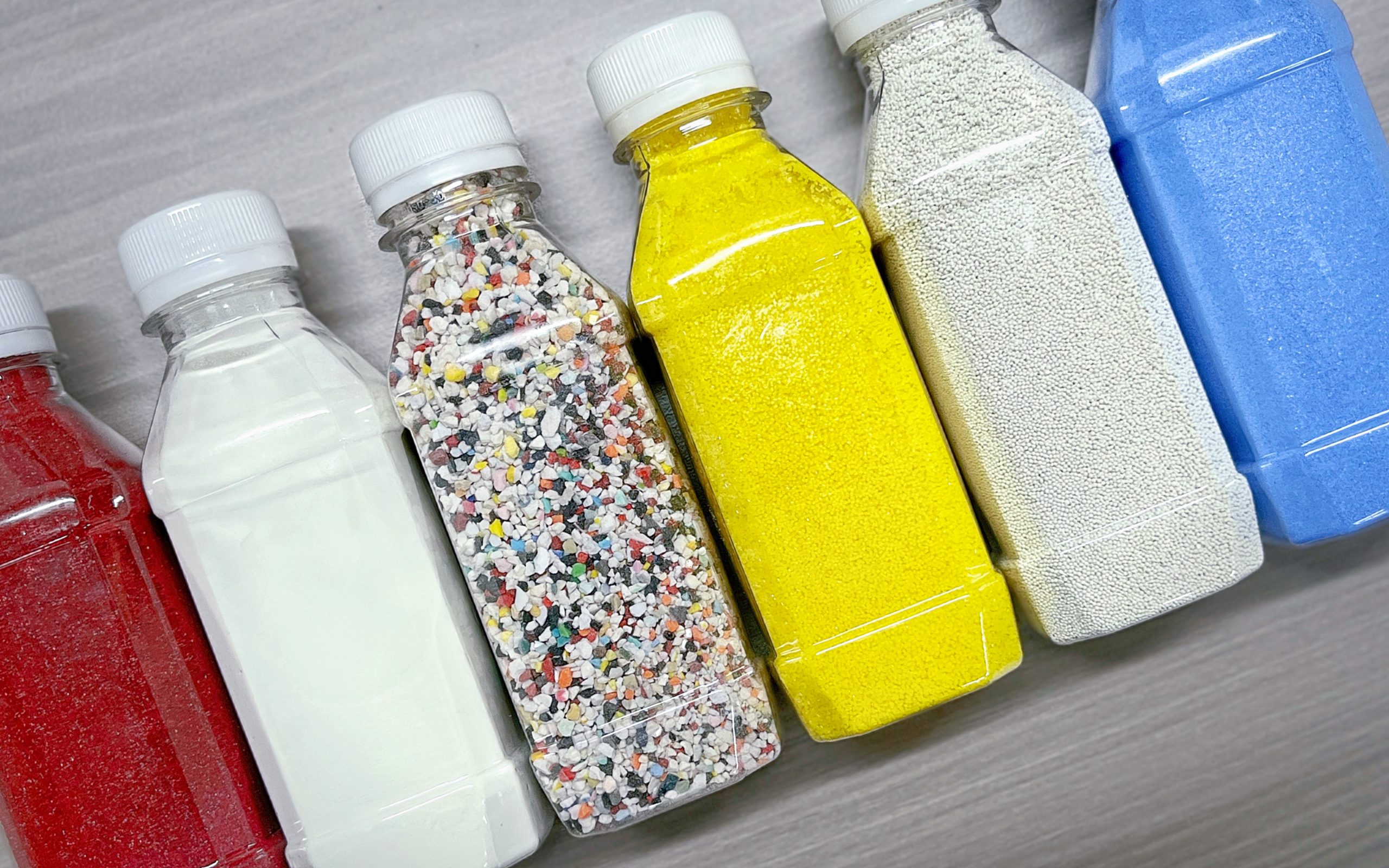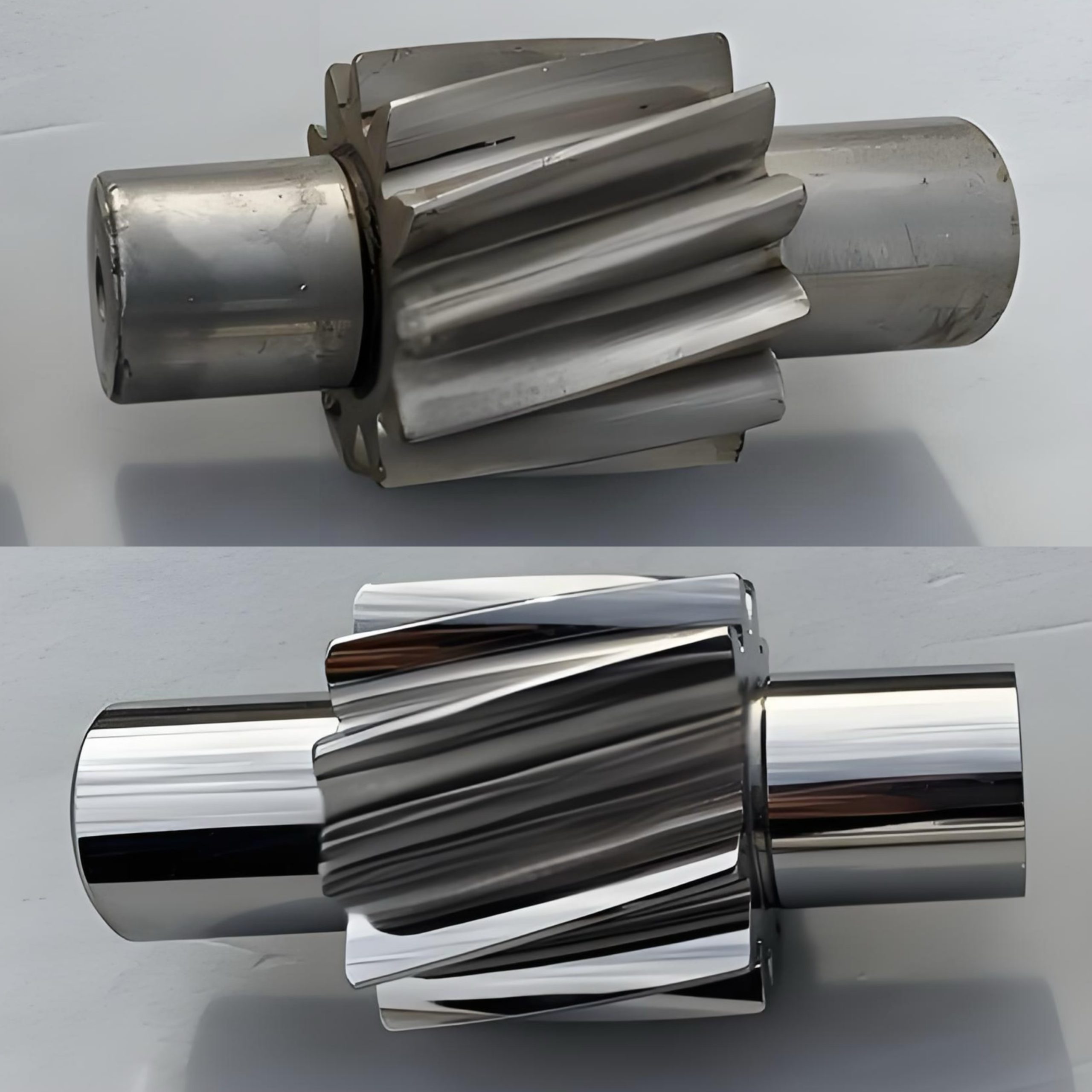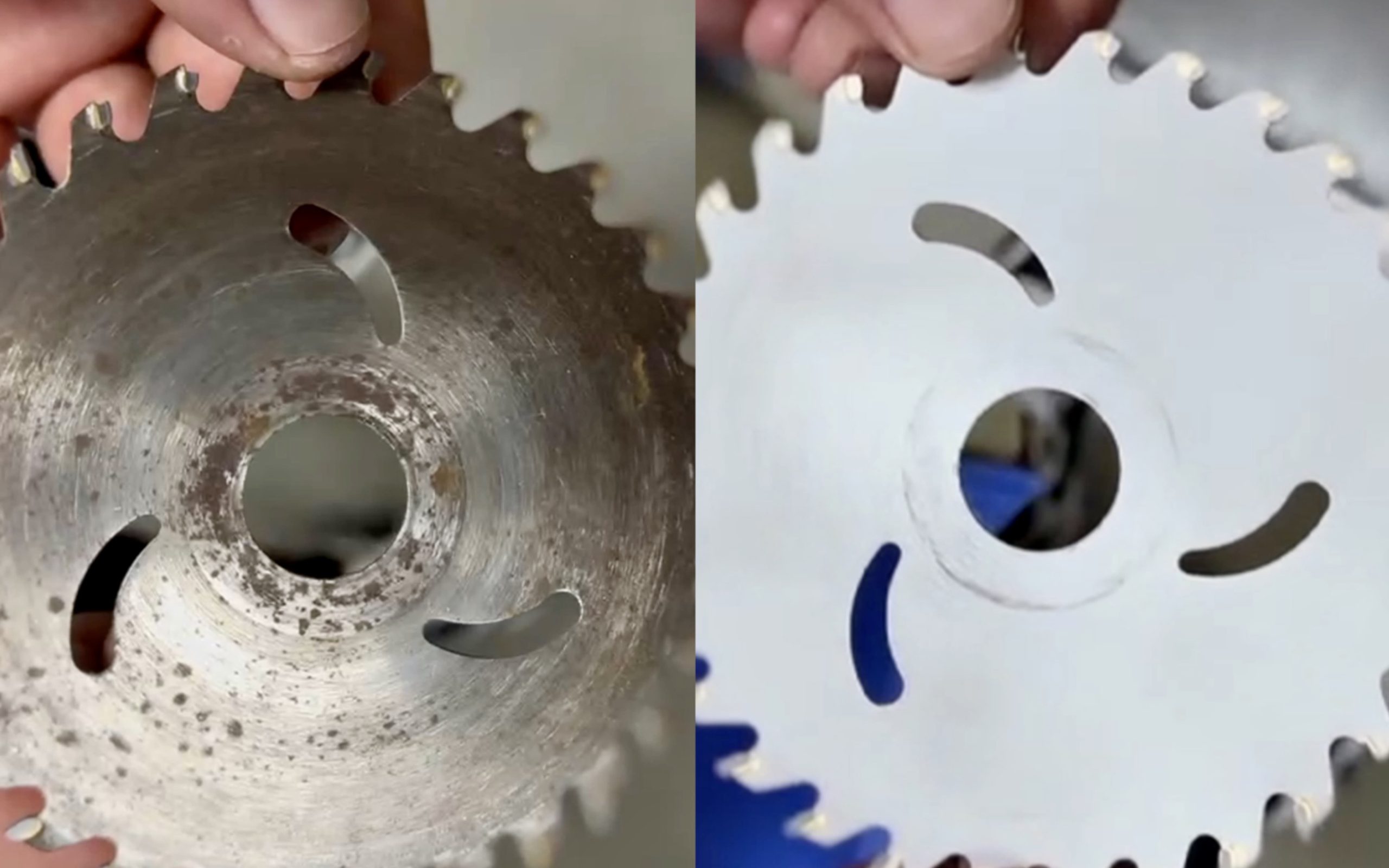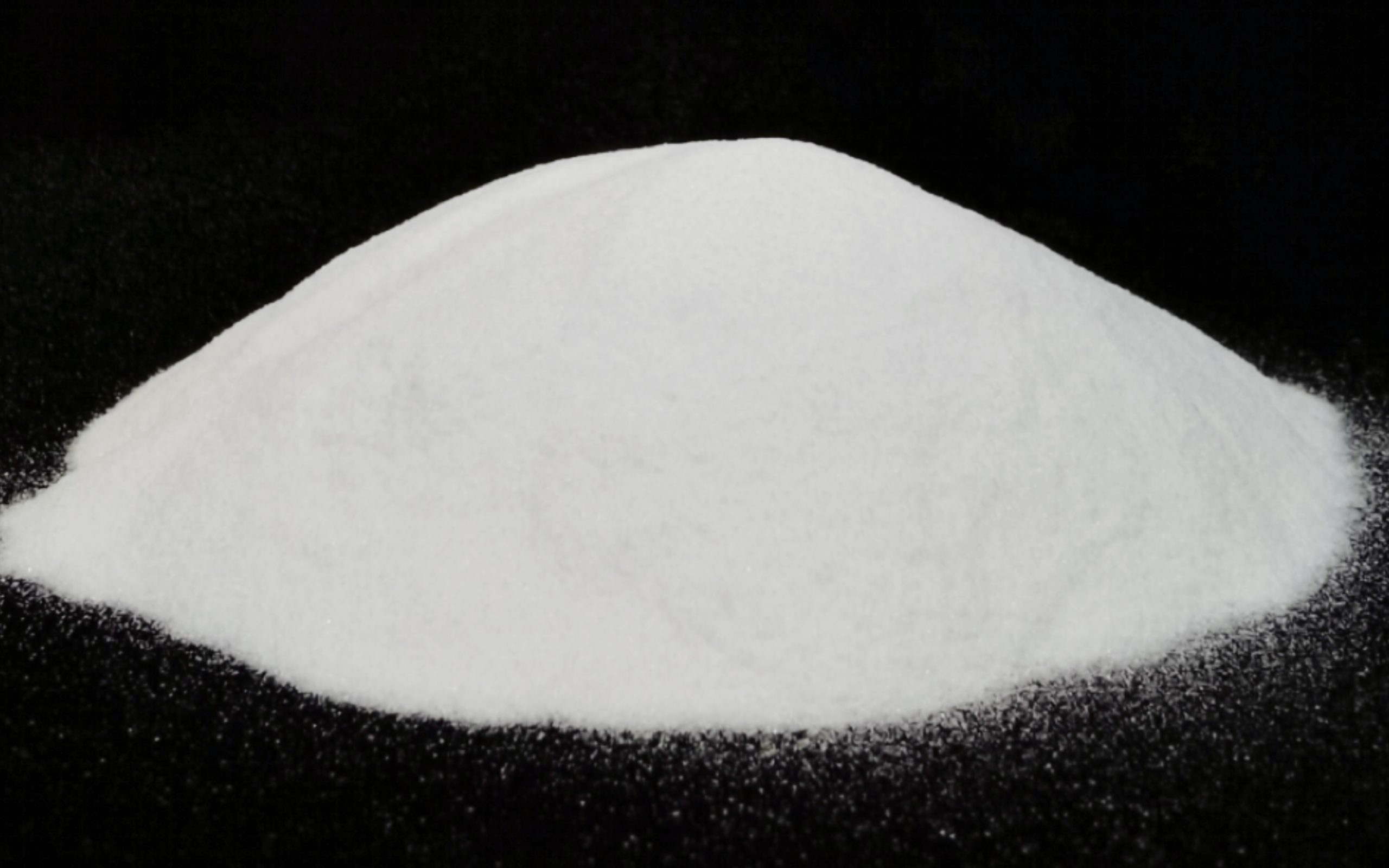The Wear Resistance and Environmental Advantages of Ceramic Blasting Media
February 20, 2025
Ceramic blasting media has gained widespread use in industrial surface treatment due to its exceptional wear resistance and environmental benefits. Compared to conventional abrasives like glass beads, steel grit, or aluminum oxide, ceramic media offers longer durability, reduced dust production, and lower environmental impact. This article provides a comprehensive analysis of how ceramic abrasives improve operational efficiency, sustainability, and cost-effectiveness in modern manufacturing.
Why Choose Ceramic Blasting Media?
Surface treatment processes, including cleaning, deburring, and coating preparation, require durable and consistent abrasives. Traditional options such as glass beads or aluminum oxide often degrade quickly, leading to increased media consumption and airborne dust.
Key Advantages of Ceramic Media:
Less dust generation, improving workplace safety
Recyclability, lowering overall media consumption
Non-toxic and chemically inert, making it environmentally safe

What Makes Ceramic Media Last Longer?
Ceramic blasting media is primarily composed of zirconia-based or alumina-based materials, which are significantly harder than traditional abrasives.
Hardness and Durability Comparison
| Blasting Media | Mohs Hardness Scale | Recyclability (Cycles of Use) | Breakdown Rate |
|---|---|---|---|
| Glass Beads | 5-6 | 3-5 cycles | High |
| Aluminum Oxide | 9 | 10-20 cycles | Moderate |
| Steel Grit | 6-7 | 20-30 cycles | Low |
| Ceramic Media (Zirconia-Based) | 7-8 | 30-50 cycles | Very Low |
- Ceramic media lasts 6-10 times longer than glass beads, reducing operational costs.
- Lower breakdown rate means less media needs to be replaced, improving cost efficiency.

Under the SEM electron microscope
How Ceramic Media Reduces Pollution
1) Lower Dust Emission for a Safer Work Environment
Traditional abrasives, especially glass beads and aluminum oxide, break down into fine particles during blasting, creating airborne dust hazards. In contrast, ceramic media:
- Produces minimal dust, improving visibility in workspaces.
- Reduces respiratory risks associated with airborne particulates.
2) Recyclability and Waste Reduction
Ceramic media can be reused up to 50 times, significantly lowering waste generation.
- Glass beads break down after a few cycles, requiring frequent replacement.
- Steel grit generates ferrous contamination, impacting recyclability.
Using ceramic abrasives reduces media waste disposal costs by up to 70%.
3) Non-Toxic and Chemically Inert Composition
- Contains no free silica, reducing the risk of silicosis.
- Does not release heavy metals or toxic residues, making it safe for use in medical and food-grade industries.
Performance in High-Precision Industries
Aerospace: Coating Preparation and Fatigue Resistance
- Used in turbine blade preparation to enhance thermal barrier coating adhesion.
- Low media contamination ensures compliance with AMS 2431 standards.
Medical Devices: Implant Surface Finishing
- Provides biocompatible textures for improved osseointegration.
- Meets strict ISO 13485 cleanliness requirements.
Electronics: Delicate Component Cleaning
- Safe for PCB connectors and semiconductor surfaces.
- No risk of media residue interfering with electrical conductivity.


Cost Efficiency and Operational Benefits
While ceramic media has a higher initial cost than traditional abrasives, its longer lifespan and recyclability provide significant cost savings over time.
Cost Comparison Over 100 Blasting Cycles
| Blasting Media | Initial Cost (per kg) | Usage Cycles | Cost Over 100 Cycles |
|---|---|---|---|
| Glass Beads | $2.50 | 3-5 cycles | $50-$80 |
| Aluminum Oxide | $3.00 | 10-20 cycles | $20-$30 |
| Ceramic Beads | $5.00 | 30-50 cycles | $10-$15 |
Key Findings:
- Despite the higher initial cost, ceramic media reduces long-term operational expenses by up to 60%.
- Lower breakdown rates reduce equipment wear, minimizing downtime.
Ceramic blasting media offers unmatched wear resistance, environmental benefits, and cost efficiency, making it the preferred choice in high-precision manufacturing.
✔ Longer lifespan reduces operational costs.
✔ Low dust production improves workplace safety.
✔ Recyclable and non-toxic for sustainable manufacturing.
For manufacturers looking to enhance productivity while meeting environmental regulations, ceramic media is the most effective surface treatment solution.
Interested in optimizing your blasting process? Contact us for customized ceramic blasting solutions tailored to your industry needs.
Filters

